Wing Chun Illustrated

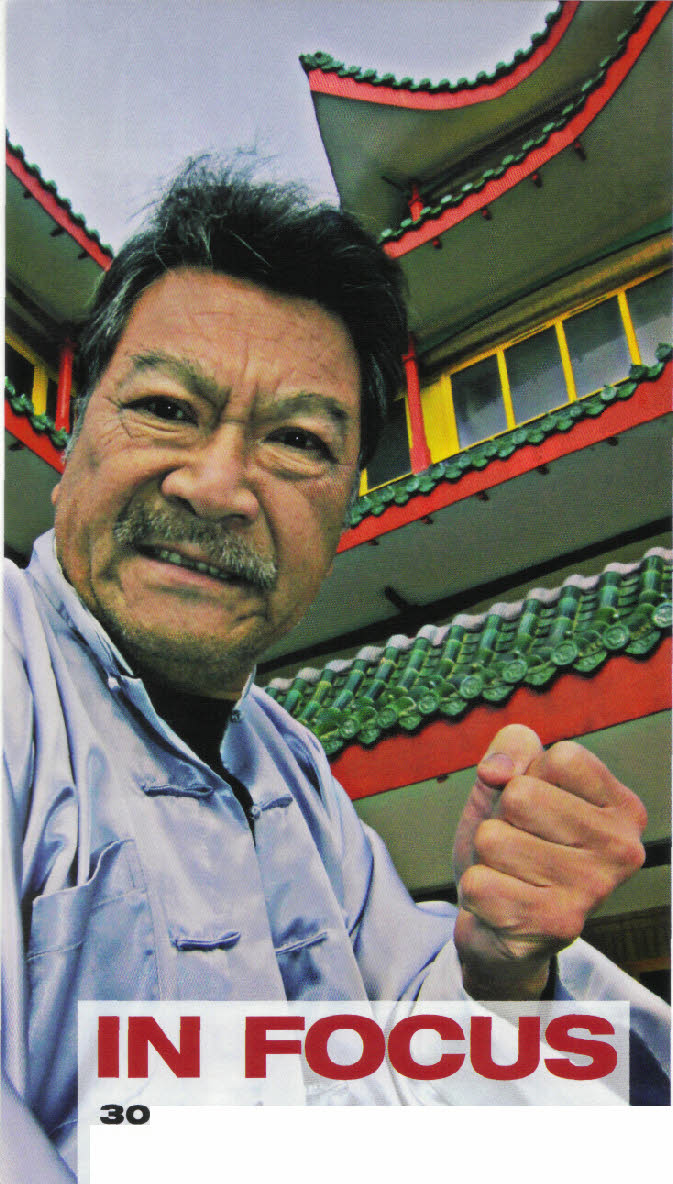
FOR READERS WHO HAVE BEEN FOLLOWING WING CHUN SINCE THE 1980's, ”GREAT GRANDMASTER”VICTOR KAN NEEDS NO FORMAL INTRODUCTION. UNDER THE TUTELAGE OF GRANDMASTER IP MAN, HIS FELLOW STUDENTS NICKNAMED HIM THE ”UNTOUCHABLE!” AND THE ”KING OF CHI SAU”. OUTSPOKEN, OPINIONATED, ARROGANT BY SELF-CONFESSION AND POTENTIALLY CONTROVERSIAL, THIS WAS ONE CONVERSATION THAT WAS ALWAYS GOING TO SIZZLE.
It took place over a delicious Dim Sum lunch at the famous Wing Yip building in North West London.And like the food, the Wing Chun banter was free flowing with Victor Kan assuring us that his Wing Chun school was the last genuinely traditional school, and that he is the most senior in the Wing Chun community.
During the photography session, Victor Kan wore his silver silken Mandarin jacket and a lengthy fashion shoot ensued. Mr. Kan was encouraged through his various poses and facial expressions. Eventually, WCI staff writer Dr. Matthew Mills offered to act as a stooge and was instructed by Victor to be sure to place himself in such a way that Mr. Kan’s face was not obscured.
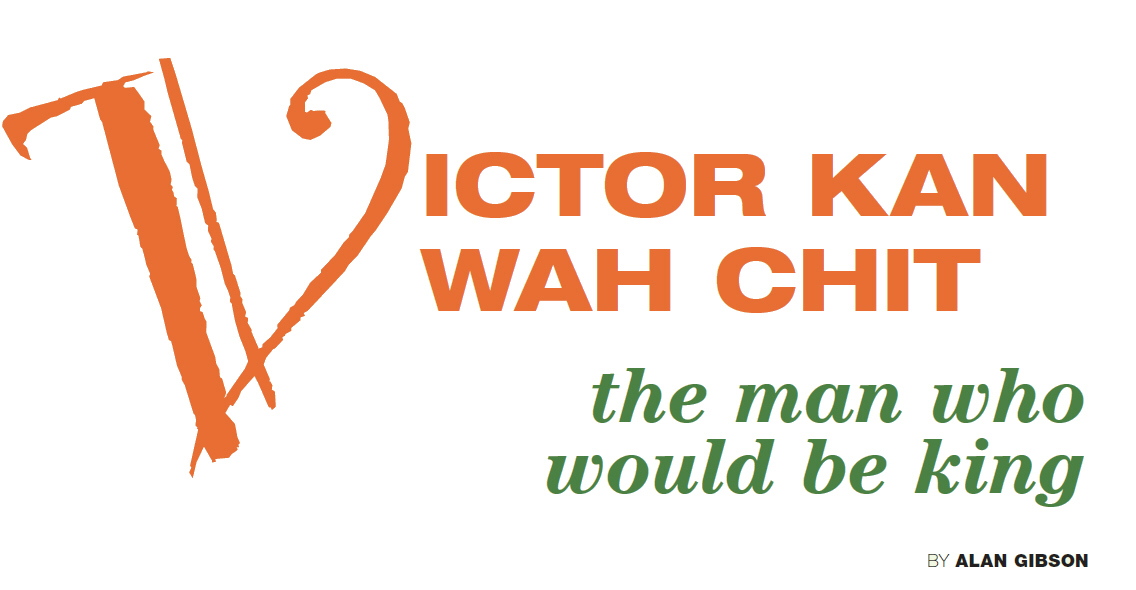
”I think
Wing Chun
is going
downhill
all the
time. I said
this 20
years ago.
Now Wing
Chun is
even more
popular,
and the
quality is
much less.”
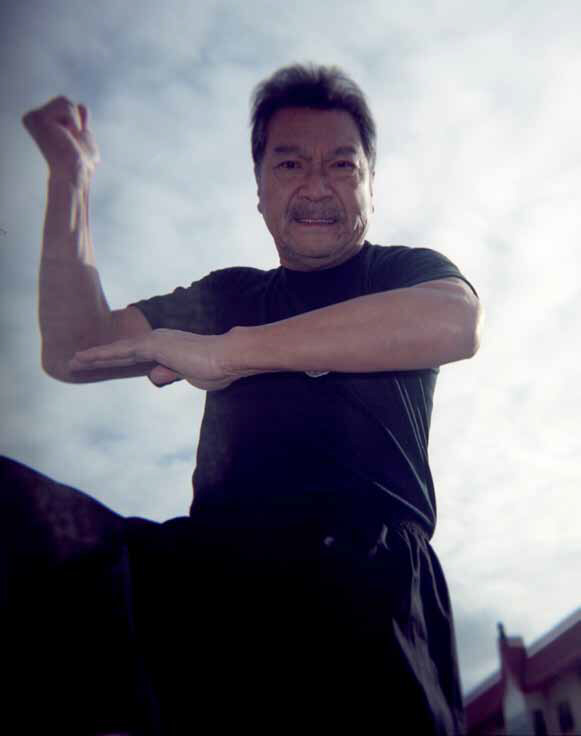
WCI: Can you give me a short summary of your background in Wing Chun?
VK: I became a student of the late Grandmaster Ip Man in Hong Kong, 1954, when I was 13 years old. I devoted three to four hours a day, seven days a week, learning and practising Wing Chun under Ip Man’s instruction for seven years. In the late 1950s, I practised advanced Chi Sau with over 20 students for two sessions per day, and each session lasted over two hours without stopping. I was not being touched even once. They nicknamed me the ”Untouchable” and the ”King of Chi Sao”. Then I became his Assistant Chief Instructor until I left Hong Kong. I came to Europe to study in 1961, then to the UK in 1975. I started teaching fairly
soon after that. I was a pioneer. I’m the only student of GM Ip Man teaching in Europe and have branches in Italy, Belgium, Luxembourg and Hong Kong. I keep the highest standards of authenticity and insist on teaching Classical Ving Tsun in the traditional way just as GM Ip Man taught me.
WCI: GM Ip Man was a legendary Wing Chun coach. Can you say something about your time with him? For instance, what was the training like in his class and what was he like as a coach?
VK: The first time I met GM Ip Man he looked at me and said, ”You are rather big and well-built for your age. I will call you Big Boy.” Everybody laughed at his remarks. I later found out that Ip Man always
liked to address his students by their nicknames. He was very observant, a gentleman. He would show you a new technique when he thought you were ready, and then he would observe how you developed it. He was very traditional and disliked people rushing. In his view, you were learning his technique as a student—not buying them as a client! Nowadays, people always want to rush. In the old days, it would have been seen as insulting to your teacher’s intelligence, if you asked for the next technique. Bruce Lee came to Ip Man once saying, ”What do you think of my Jeet Kune Do?” In Chinese, we have a saying for this: ”A son trying to teach his father how to make a baby.” He even offered to buy GM Ip Man a flat in exchange for teaching him the Muk Yan Jong, but Ip Man was offended and told him to go away.
WCI: Would you say that there was much difference between the students and training methods in Hong Kong and the UK?
VK: Hong Kong is the fastest city in the world; everyone is rushing all the time. The only thing they have got an interest in is to make a few dollars more. Like learning Wing Chun, they think they can buy the skill-they just want speed but not quality while also forgetting that it takes time to digest what they have learned. This suits instructors of Modified Wing Chun just fine. In Europe, students tend to be more serious and dedicated, take it as a hobby and have more time to learn and digest. They seem to better understand that learning Wing Chun takes time... Rome wasn’t built in one day.
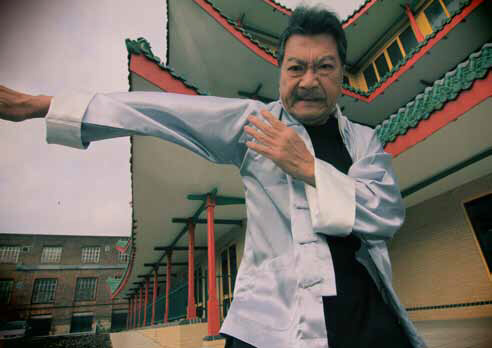
For more information about Victor Kan Wah Chit and Classical Ving Tsun, you can visit his website at: www.victorkanvt.com.
WCI: How do you perceive the differences between yourself and the other surviving first generation Ip Man students? Can you say anything specific about these other people?
VK: You have to make the distinction between student and disciple. There are many different levels and categories. Most of GM Ip Man’s good disciples like Lok Yiu and Wong Shun Leung have passed away; the few left are too old to teach. There are a few of his private students still out there. They can tell what the real traditional Ving Tsun looks like. Ip Man’s oldest son just looks like his father but does not have the skills. He is my Sidai (Junior) in the Wing Chun family but not by age. He has to make a living by trading on his parentage. I am the only one left qualified to talk about Classical Ving Tsun and to criticise the others. You might think that I’m being arrogant, but it is the truth. Every generation loses some percentage of quality from their Master. That is why the generation game is so important for the Chinese. One particular Sifu tried very hard to lie about being a student of GM Ip Man. Eventually, the truth came out. Financially I am well off, so I don’t have to surrender to my student’s monetary demands. I can afford to teach Classical Ving Tsun in its proper traditional form, without any modification. Preservation of Traditional Ving Tsun is my life duty now. I am now the founder of the Traditional Ving Tsun Association, recognised by the Hong Kong Government. All serious Wing Chun, Ving Tsun practitioners or schools are welcome to join.
WCI: For a man of 69 years of age, you seem in very good shape. Do you place a great emphasis on strength and conditioning in your coaching?
VK: I practise Ving Tsun at least one hour a day all year around. I like all sports: golf, skiing, particularly tennis and horse riding. I do them all the time, which is why I have stayed so strong, fit and healthy. I don’t do much in the way of weights. I don’t think it is essential to lift weights and do other training for Wing Chun. Perhaps some ancillary training with weights, but nothing specific. I had a student who was a champion bodybuilder, but there comes a point where you’re so big you can’t make the Wing Chun shapes properly because your muscles get in the way!
WCI: Do you consider Wing Chun to be an internal art? If so, what does this mean and how does it affect training?
VK: Wing Chun does have an internal part. This is what Siu Nim Tau is for. I tell my students to keep practising Siu Nim Tau. At least half an hour a day. There is no upper limit to how long you should practise Siu Nim Tau for—the longer the better. When I do this, I develop strength and my Qi. During Siu Nim Tau, I visualise building and moving my Qi around my body. I will write more about this in my forthcoming book, which I intend to write sometime.
WCI: What would you consider to be the core essentials of Wing Chun?
VK: People change things, but the core is still Classical Ving Tsun: centreline, being scientific with your thinking, elbow position. It is all in Siu Nim Tau. Ving Tsun is simple to learn and yet very difficult to master.
WCI:How would you define centreline theory?
VK: It’s the shortest distance between two points. It also helps us to divide the body into the four gates.
WCI: What about the idea of structure and how this is used in Wing Chun?
VK: It’s all in the forms Siu Nim Tau and Cham Kiu— the longer you train Siu Nim Tau, the better and the more that you understand the ideas of structure.
WCI: How much emphasis do you put on Chi Sau in your coaching?
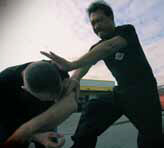
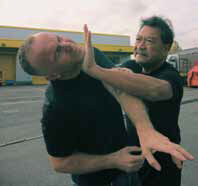
”The more popular Wing Chun becomes, the lower its quality becomes. It’s like fast food. You can’t afford to cook good quality roast beef every night these days.”
VK: There is a lot of emphasis on Chi Sau in Classical Ving Tsun—it is the cream, the best, the most unique part. It contains everything needed for fighting. It teaches you to control your power. I can strike with full force and stop just short. The important thing is to touch arms (Chi Sau) with a true Master. You can only learn from the way they feel and move. The student will learn through this feeling and develop like the Master. You can’t learn this by watching, because you’re only copying the shapes and movements, not learning the feeling and skill.
WCI: What are your thoughts on Chi Sau?
VK: You can train everything in Chi Sau: sensibility, power, control, but it must be done with a Master. Unfortunately, there are not many left now who know how.
WCI: Can you explain what’s meant by relaxing in Chi Sau and how to achieve this?
VK: This is about learning more skill. Developing power is difficult; learning how to control it, is even harder. It is hardest to become the Master of the power.
WCI: Do you think that the current trend in martial arts toward MMA and cross-training has benefitted Wing Chun at all?
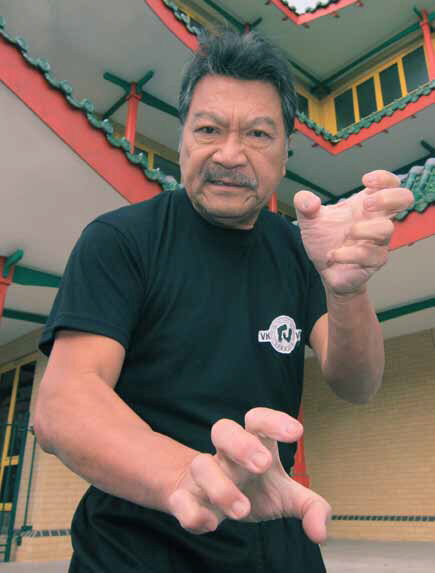
VK: No, everything is already in Classical Ving Tsun. It’s just that these days people want to have everything quickly. They want to buy techniques, not learn them. Like I said earlier, Wing Chun is easy to learn, but hard to master. It takes a long time. The more popular Wing Chun becomes, the lower its quality becomes. It’s like fast food. You can’t afford to cook good quality roast beef every night these days. These people are like cowboy builders and their Wing Chun is like eating McDonald’s. More people come in to teach, they change things, and the quality drops.
WCI: How do you view the Wing Chun weapons? I have a personal interest in the way that the pole and knives integrate with the Wing Chun fist-fighting system.
VK: They are from a time when people needed to know how to use weapons. Most people nowadays do it only to complete the system. They are not so relevant now—you can’t use them practically. A knife will kill, but a gun is quicker and possibly cheaper to obtain. I get very worried about this subject. You see Masters showing how to disarm a gunman or take a knife from someone. This is very dangerous nonsense, and these teachers are potentially murderers!
WCI: Can you say something about the current progression or evolution of Wing Chun?
VK: Everything needed is already in Classical Ving Tsun. The danger is that the quality will reduce as it becomes more popular. I think Wing Chun is going downhill all the time. I said this 20 years ago. Now Wing Chun is even more popular, and the quality is much less. I’m always constantly trying to improve this situation, and make my teaching of Wing Chun more and more pure.
WCI: What do you feel about the different brands of Wing Chun?
VK: Ninety per cent of them are their Sifu’s own modified version to please their students. It’s for the show and also for the dolls. Others are copying different DVDs and books, and then invent their own version of Wing Chun. See it for yourself on YouTube.com. What a BIG MESS! Years ago, any Wing Chun Master would have undoubtedly been Oriental in origin. Nowadays,
WCI: It is not uncommon to see large successful groups run by Western coaches. How do you feel about this?
VK: There is no limitation in nationality; if you are good enough and have the correct knowledge, then you can teach good quality Wing Chun. Like my Italian branch in Genova. It is run by Sifu Sandro who has over 70 regular students. Martial arts are meant to make us better, more humble people.
WCI: Why then do we see so much in-fighting in the general Wing Chun community?
VK: It is a dog-eat-dog world out there, and everyone wants a piece of the cake, so they all argue and claim to be the best. At the end of the day, it is all about money. The market is there and everybody wants some—and the cowboys want a piece of the action too.
WCI: Finally, how do you see your own personal legacy in Wing Chun?
VK: My goal is the preservation of Classical Ving Tsun. Mine is the only school worldwide teaching traditional Wing Chun 100 per cent as Ip Man taught it. I teach exactly the same as he did. I have worked hard to build up our schools and work with some good instructors. They will be able to pass on skill. They are not as good as me, of course. It is not possible to be the same as a Master—you can’t simply copy them. If you watch a classical piano recital of, say Chopin, do you really think it is the same as the original?